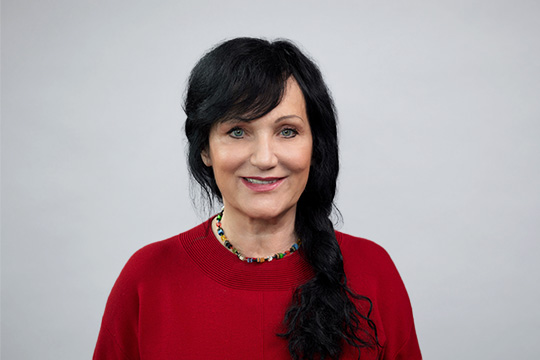There are three common mistakes when conducting a Digital Maturity Assessment. They determine success or failure.
How do you know that the assessment you conducted within your organization was successful? Of course, there are certain KPIs you can use in order to measure potential and to identify required capabilities for a successful digital transformation execution or to analyze progress at a later stage. These KPIs are proven and reliable but sometimes there is a grey zone in the results of your assessment you cannot explain. Often this is caused by actually obvious but still common mistakes when conducting a Digital Maturity Assessment.
We at Detecon believe that a structured, holistic Digital Maturity Assessment is the ideal starting point for your organization’s digital transformation journey. The benefits of implementing the Digital Maturity Model during the transformation journey are numerous as it spans across core organizational functions. For example, you can identify first improvement measures and quick wins for your transformation across all functions or you can perform a structured analysis and create an understanding of digitization pain points. If the organization sticks to the plan, it is good to go. As you might have guessed, it is not always that easy. So, what are common mistakes when conducting a Digital Maturity Assessment?
Not choosing the right participants
This mistake is widespread. People from the organization who plan Digital Maturity Assessments often don’t pick the most suitable participants but this is a critical factor for a successful assessment. Suitable participants cover diverse business areas and levels and thus represent a broad area of the organization. Participants who are not suitably selected may not have the depth of expert knowledge or the power of top management level.
The consequence is a low level of personal involvement and a feeling that this topic is not relevant for them anyway. The participants might only pay half-hearted attention and don’t actively participate during the assessment. Since a Digital Maturity Assessment requires relevant critical strategic decisions, expertise and commitment based on the participant’s professional experiences and from the top management level it is necessary to have the right people on board.
No communication into the organization
It is the last day of the Digital Maturity workshop and the participants mutually agree on a transformation roadmap and next steps. But is this the last day of the assessment? Definitely not. Another common mistake when conducting a Digital Maturity Assessment is the lack of communication after the workshops. It is highly relevant to communicate the results into the organization, to get all employees involved in this transformation journey and to change their mindset and behavior in the long-term. Only authentic communication has the power to sustainably implement digital transformation measures.
No identification of quick wins
One of the results in a Digital Maturity workshop is to identify optimization potential and to derive concrete measures for the organization’s digital transformation. Such a transformation roadmap not only includes these improvement activities across core functions in the mid or long term but also the definition of quick wins. Not identifying quick wins is another common mistake when conducting a Digital Maturity Assessment.
Imagine you have successfully finished the entire assessment, you know about your organization’s as-is and to-be-situation in depth and you are aware of the measures for your long transformation journey. Good. But what about the short term measures, or quick wins which lead to an instant feeling of change, which boost your self-confidence and proves that you are doing the right things? In practice, the definition of quick wins is often only treated superficially but it is a critical step in a successful transformation journey and thus needs care and preparation.
So far, we have collected great success stories from our customers who have taken our tips seriously and we hope they can be of help for you throughout your journey.







